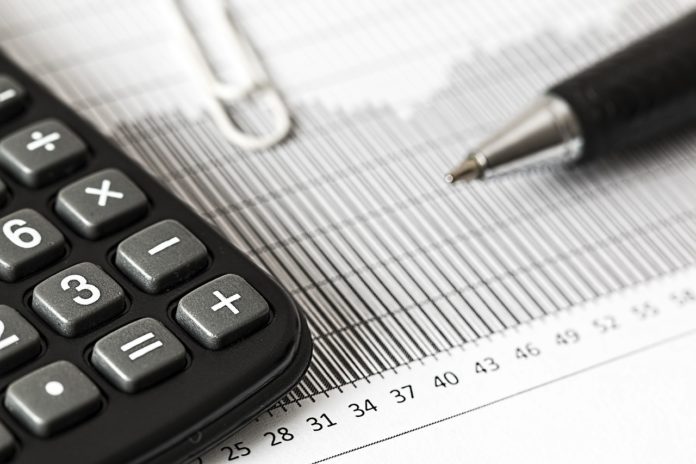Being a freelancer, it can be quite difficult to stay on top of your finances. In fact, many freelancers are so caught up with what they need to do to increase their finances that they forget about how to take care of the finances that they already have.
While this is understandable, it’s not good, seeing as you may be bleeding out money and not know how to fix it.
That’s why today we’ll look at the three most important financial documents freelancers need to be aware of.
#1 Cash Flow Statement
Your cash flow statement may be one of the most important documents you need to check. This is because cash flow is the real reason that many businesses stay afloat—and other sink. Although profit is great, it’s oftentimes a potential form of money, whereas cash flow is the money that you have on a monthly basis to help manage your financial obligations.
By doing your cash flow statement, you get to learn what the trends of your cash management are and how to remain solvent.
Your cash flow will include:
- cash inflows
- cash outflows
Inflows include cash sales, investments and loans, whereas the outflows include expenses you’ve paid.
It can be calculated like this:
Ending cash balance = beginning cash balance + cash inflows – cash outflows
#2 Profit & Loss Statement
This statement helps you to understand whether you are making money or losing it. This is also known as an income statement, one of the most important accounting documents. It helps you to review your income and expenses for any time period you choose.
There are two parts to this document: your revenue and expenses.
The revenue includes operating revenue, non-operating revenue and gains on long-term asset sales.
Your expenses include operating expenses, non-operating expenses, and losses from sales and lawsuits.
Not all of these parts willb e important to freelancers (such as non-operating revenue/expenses, which are more applicable to businesses). Nonetheless, it’s important to still do the P&L statement to understand how your business is doing.
#3 Balance Sheet
This allows you to get a pretty nice snapshot of your business at any time. Most businesses do this at the end of the year, but it can be whenever you want.
The equation for a balance sheet is as follows:
Liabilities + Owner’s Equity = Assets
Both sides should be balanced. This means that your assets should include your liabilities and owner’s equity.
Assets can include current assets and fixed assets. Your liabilities will include short-term liabilities and long-term debt.
The owner’s equity on the other hand is any money you’ve invested in the business minus money you’ve withdrawn and then added to your net income since the business began.
Get to know all these finance documents
If you want to be the best at your business, in whatever way you’d like to measure that, you need to actually keep your business afloat. That means, in a basic way of looking at it, you’ll need to have positive cash flow or soon you won’t have a business left.
You’ll also need to constantly check your balance sheet and P&L to make sure your financial status is good.
With these documents, you’ll be able to control your finances better and become more successful.




































